
Photo by Clinton Querci
The strange and fabulous career of Little Annie, also known as Annie Anxiety and Annie Anxiety Bandez, is like an index of Dangerous Minds’ musical obsessions. We wriggle in the web she weaves. Some connections are personal: DM’s own Howie Pyro was the bassist in her first band, Annie Anxiety and the Asexuals—Annie says below, “Howie is the reason I ended up on stage”—and DM chief Richard Metzger has mentioned his friend’s encounter with Annie at an Islington anarcho-punk festival in 1984. But then, consider that she’s worked with Crass, Coil, Marc Almond, Current 93, Nurse With Wound, Adrian Sherwood and the On-U Sound crew, Youth, Kid Congo Powers, ANOHNI (formerly Antony Hegarty), Keith Levene, Swans, et al.—and then, consider what a shame it is that every article about Little Annie has to mention all these associations in its opening paragraphs, when her own performances, her own powers, are so extraordinary. That’s why all those people wanted to work with her in the first place.
On Little Annie’s latest album, Trace, she is both the torch singer she claims to be and the streetwise narrator of “Bitching Song,” who patiently explains why, no matter your profession, location, or standing in this world, you’re just another bitch. Her wonderful memoir, You Can’t Sing The Blues While Drinking Milk, published in 2013, is scarce in hardcover (this looks like your best bet), but the Kindle version is a steal at $4.99.
When I called Annie last week, my first question was about Hermine, the hurricane then approaching her current base of operations, Miami. Thanks to Julian Schoen and On-U Sound for putting me in touch with this great artist.
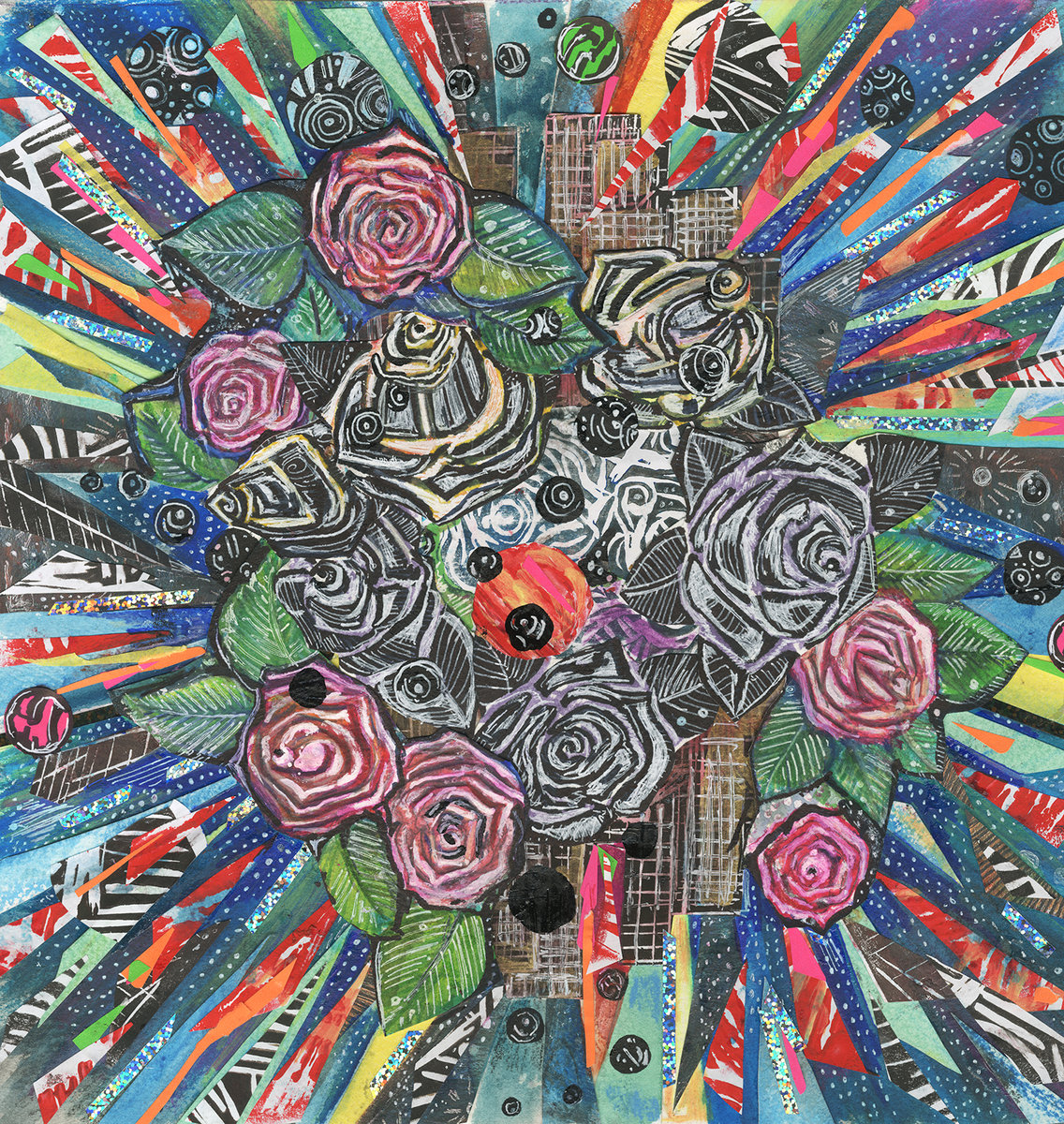
Trace (2016)
Annie: I haven’t seen the news all day. I was out shooting. It’s like the rest of the planet; it’s getting gentrified, Miami, so I was out shooting some of these Darth Vader buildings that are going up about ten miles up the road.
Dangerous Minds: So you’re taking pictures, you’re documenting the gentrification of Miami?
Well, you know what it is, a friend of mine, she said—because I love buildings—she goes, “These are really ugly, you’ve got to shoot them” [laughing], you know? And they really are, they’re really sinister-looking skyscrapers. I love skyscrapers, but we’re below sea level here as it is, and they’re really like… gunmetal gray. Like, everything you wouldn’t do in this kind of light, just really ugly. Almost so that they’re beautiful. They’re so sinister, they almost have a kind of eerie beauty to them. I just got a high-definition camera finally so I could shoot and print for online stuff, and I thought, “Oh, that’s a good place to start. Let me get my chops going on some ugly.”
Man, it did not disappoint. They’re using all these gunmetal grays; it looks like either it’s the Church of Scientology or Masons, there’s something really… like prisons for the very rich, you know? Really grim.
So how did you wind up in Miami, Annie?
That’s a good question. You know, it was a place I had no interest in whatsoever. I’d been down here with some friends of mine whose father used to live down here; I came down in ’93, you know, and really it was only a place I ever went to go somewhere else.
New York, I had to move, and all of a sudden I realized, even if it was possible to live anywhere, I realized I wasn’t interested in any of it. So I don’t drive—I’m a confirmed non-driver—and I couldn’t think of where I could live on the East Coast that was near an airport for work, or where I could get away without a car. Miami, it’s difficult, but you can be a non-driver down here. And then, I kind of fell in love with it… one morning I woke up and said “Miami.” I was thinking about that today, I was trying to figure out how that happened.
’Cause I could picture you in Cuba somehow.
In my neighborhood? You could be anywhere in Central America or South America. I would say it’s around 90 percent Spanish-speaking, and there’s French. You hardly ever hear English in my neighborhood. You could walk down one street and it looks like Rio, and another street will look like the West Indies. It’s all new for me.
I guess I was starting to dislike myself. I was starting to become one of those perpetually angry [New Yorkers], “This is gone, and this isn’t like this anymore,” so I wanted somewhere where I didn’t know what it was like, so I have nothing to compare it to. I can’t get nostalgic over it because I don’t know what it was.
Sure, I can imagine. I’m from Los Angeles, and that’s changed so much over the last 20 or 30 years. And New York was so fabulous at one point.
Some of it here feels like New York in the ‘80s. Not always in a good way, too. What I do love about it is what I hate about it. It’s very corrupt. You know, like, I love this: their idea of gentrifying one area was to put a strip joint in it. [laughs] And that’s what I love about it. Literally, like New York used to be, like you could walk a few blocks and you were in a different world? Miami still has that flavor. Not so much the beach, but the inland. My neighborhood’s the last old neighborhood which hasn’t been fucked with yet. They want to, but you’ve got a mixture of, like, millionaires living next to Section 8. It’s really like an eclectic, wonderful little neighborhood two blocks from the beach. But because it hasn’t been gentrified, people don’t want to move here, which is why I wanted to move here. I really do love this area.
But L.A., I’ve got a little crush on Los Angeles from the last time I went there. I was with Baby Dee and we played downtown L.A. and it’s so beautiful, the light! The way the light hits things and the buildings.
There’s something special about the light here, for sure.
It was just gorgeous. We played in a place where Charlie Chaplin had a fistfight with Buster Keaton or something, and the upstairs place, it was some kind of—not three-quarter housing, but some kind of housing association…
But then you go out, by the same token, I would be there all day, and like, thinking like I’m walking through Calcutta to get home, because I’ve never seen homelessness and pain like that! You’ve got these beautiful buildings, and then the homeless thing in downtown L.A., I just felt so bad for people.
Oh, it’s disgraceful. It’s kind of like what I imagine happened in New York under Giuliani. As the city becomes gentrified, they’re just shoving homeless people into different quarters of town where they’re getting more and more pressed together. There are blocks that are just covered with tents.
Yeah! That’s what I’m—I couldn’t believe it. I was outside having a cigarette. I must have had—in less than 20 minutes, ten people came up and asked me for money, you know? Which I would have gladly given. If I knew I was going into that, I would have gone in with food or something.
Miami is terrible. There’s no safety net for people. There’s no social services as such. They blame the homeless—‘cause we are fighting, they want to gentrify this area—and people will say things like, “If we let the developers in, then it will solve the homeless problem, and the rapes will go down.” And I go, “Wait: unload that sentence. You just called homeless people rapists.”
There’s this way that they deal with the homeless, is to criminalize them. New York is terrible, but Miami… and L.A., I love it and hate it.
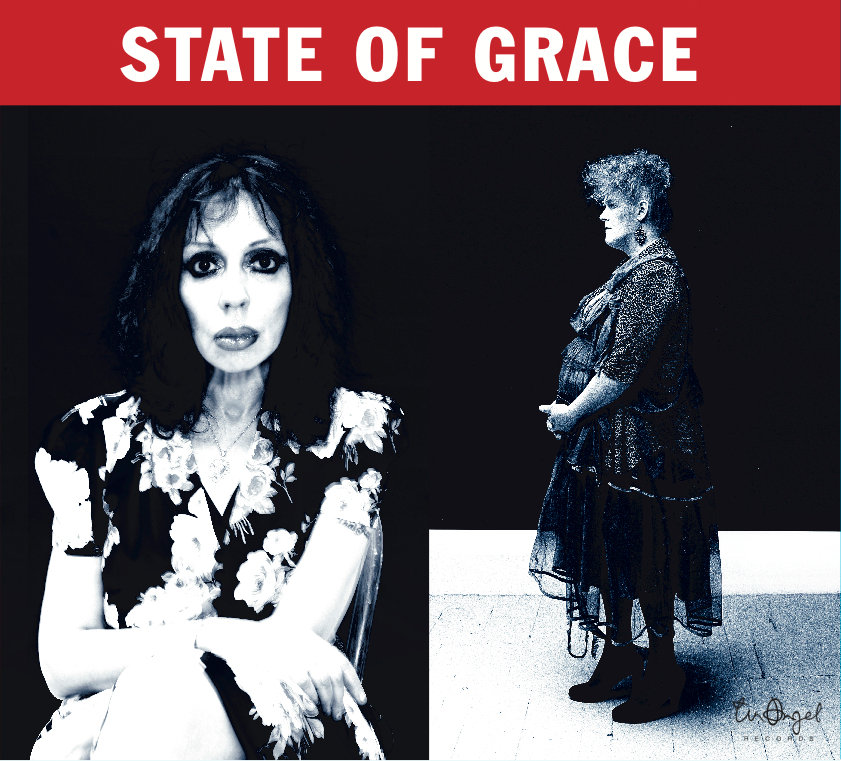
State of Grace (with Baby Dee, 2013)
You’re singing my song, Annie. You know Howie Pyro writes for Dangerous Minds?
I love Howie! You know that I’ve known Howie since I was sixteen years old.
He was in the Asexuals, right?
Yeah. Howie is the reason I ended up on stage. Because we were hanging out, we really were like punk kids in the sense of like punk, juvenile delinquent, like little silly kids—we used to put “KICK ME” signs on people’s backs. We were totally juvenile. They asked me to support them, the Blessed, and I’m like, “Yeah!” And I didn’t know what “support” meant. So I had to throw a band together or something. Howie and them really kind of were the ones who—I was writing poetry and doing little bits of I don’t know what, but I didn’t have any direction, I was just being a kid, you know? And it was really because of the Blessed that I ended up in show business. I love Howie; I love those guys so much.
When did you have a sense that you had this voice? I know you didn’t set out to be a performer, and they encouraged you to go on stage. But when did you realize that you had this talent? I just read your memoir, so all this stuff is fresh in my head, you singing at the park in the a cappella group as a teenager…
You know what? It was funny, because I really didn’t realize I had a voice until… actually, very recently. Like, I knew I had a very good sense of… I’m very percussive, so I’ve always had like a sense of cadence. I mean, I was told not to be in the choir, because I was basically a contralto when I was a child. I had this voice—I was a belter, and I could belt like an old gospel singer when I was a little kid, you know? I could belt out old blues songs, and I sounded like I’d been drinking whiskey at age seven, you know what I mean? I had that kind of voice.
It’s only in the last couple of years where I’ve realized the ability I have, you know, like the physicality of singing? I realize that it’s not something that everybody has. ‘Cause I didn’t know what I was doing, I would luck into things, but I never knew how I got there, from point A to B. I just did it because it had to be done. I think it was on the Swans tour: I go, “Wow, now I’m understanding what people say, singing from the diaphragm, and the rest.” I actually didn’t realize what I was born with, you know? I’m shaped like a singer. Some of it actually happens from singing, you get a wider ribcage just from singing. But it was only really recently, I go “Wait, I could do that!” Or that I actually trusted my abilities. I always kinda knew my abilities as a writer, and to keep time: I write like a drummer or a conga player. But it was only really recently that I knew I had something.
It sounds crazy, doesn’t it? Make it all the way through a career [laughs] before you start realizing. Because I’ve never had a pretty voice. I can do that, but if it was pretty, it was by accident. So now I go, “Oh wait, when I do this, this happens. Oh wait, I can get from this octave to another octave.” I’m only just starting to grasp what I’ve been blessed with. Yeah, so, just recent! [laughing] Last few months.
Well, you had an instinctive sense probably of how to work an audience, right?
That, yes. Live, I’m able to… hear people. Even if it’s silent, there’s something I hear from them, a dialogue that I’ve always kind of tapped into. And I don’t know why…
That’s why acting was so hard for me. Acting, I’m starting to learn, you’ve got to access a different part of you. But where there was something on stage, maybe it was what people get from gospel or something—I go into the zone, and when I’m in the zone, I’m able to supersede any ideas of myself, or anything. It’s probably the only time in my life I’m not in my head. I’m totally not in my head. I’m totally not conscious. It’s the safest place in the world, the stage, and it’s because it’s a dialogue, and I don’t know what it is but that’s something I’ve always had, which is why the stage felt so good. You know, to look straight in people’s eyes on stage.
I mean, recording, I spent my On-U Sound years really getting into the technical side of, not the machinery, but of sound and of craft and the music part. But that other part, that was something that was always there. And it was a problem acting, because I’m so much myself on the stage, and when you go onstage and act, it’s not about being yourself. I mean, I’ve lost parts because I go in and I start rewriting the script in my head. And they want an audition, and you go in, you start going, “That doesn’t feel honest,” and acting isn’t honest. It’s about being believable.
When you’re singing with an audience, it’s absolutely about trusting that they can be themselves and you can be yourselves, because you have a moment of—fuck, it sounds really pretentious, but it’s almost like Zen—you’re so in the moment. Your mind can’t wander; if it does, you’re not in it. You don’t give a fuck what anybody thinks. You know when it’s right. It doesn’t happen all the time, of course, but fortunately, most of the time, where you’re absolutely in this kind of weird communion with other people. It’s such a gift to be able to go there.
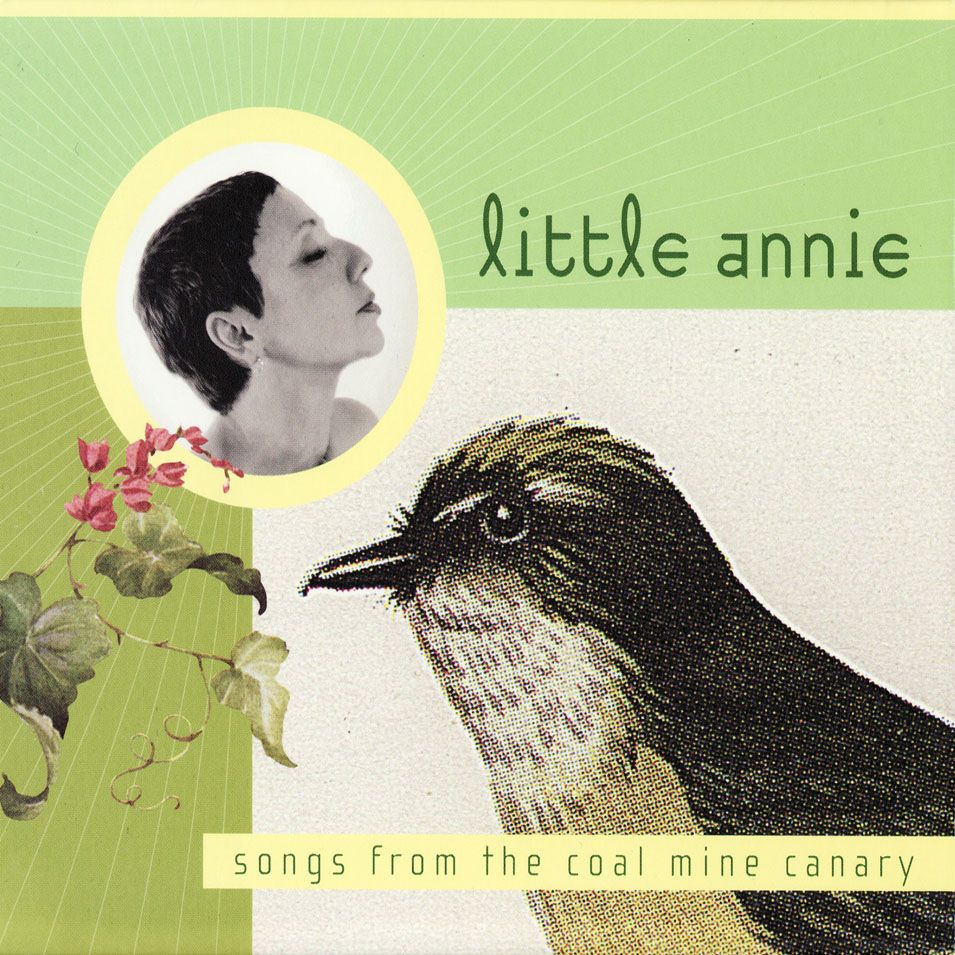
Songs from the Coal Mine Canary (2006)
You’re an ordained minister now, Annie?
Yeah. I became ordained basically because I did needle exchange for a while. My main function was, I was outreach, so I’d be on the stroll with sex workers at night, like if they need condoms or syringes or something. But it almost became your beat, where anything that happened within a certain mile radius, I felt like, I gotta deal with—you know, you get a drunk that would fall down, break their arm.
What happened was, I had to call 911. I got the ambulance, and I asked where they’re taking the guy, ‘cause a lot of time with drunks, they would drop them off around the corner, and I wanted to make sure. And they go, “Why, who are you?” And I was standing in front of a church, so it just came out of my mouth, I go, “I’m his minister.” And they go, “Is that your church?” And it was St. Mark’s Church, which is huge, and I go, “Yeah, that’s my church.” And their tone totally changed. It was like, “You don’t understand, we get so burnt out, we pick up the same people day after day, and then they’re right back in the street again,” and all of a sudden they wanted to confess. So I go, “Wow, this could work, you know? Maybe this minister thing isn’t a bad idea.”
Much more after the jump…
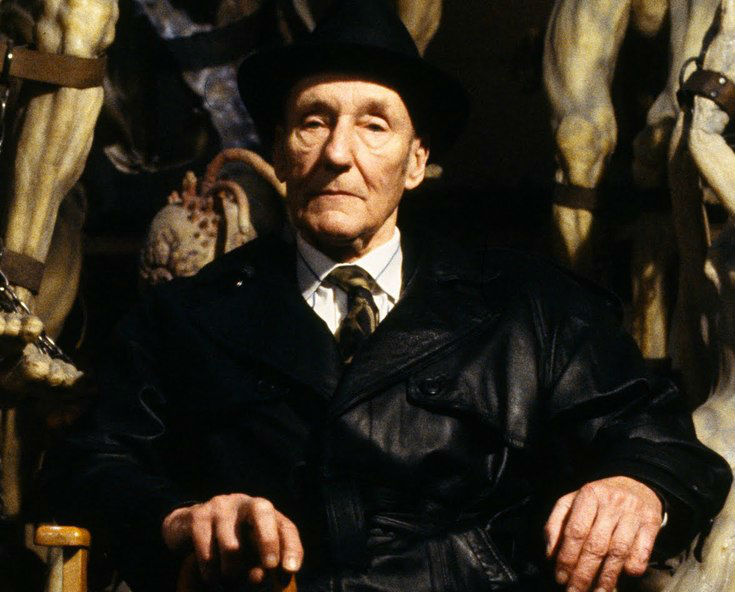






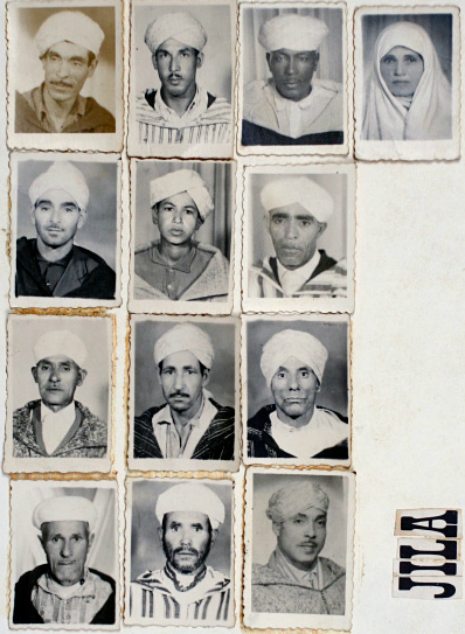
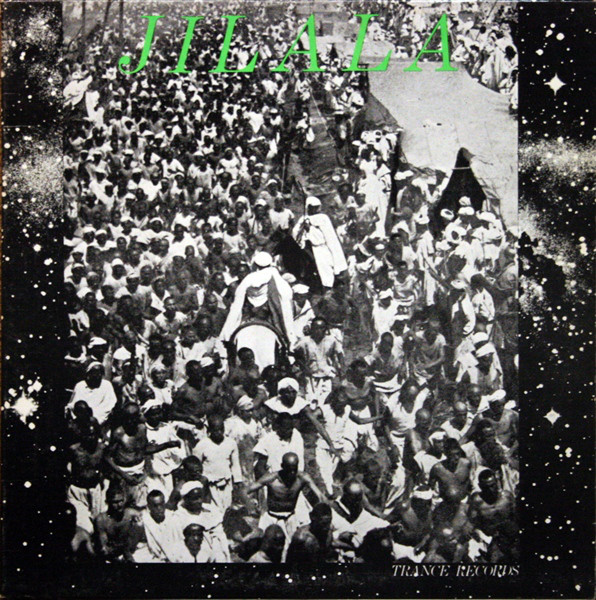


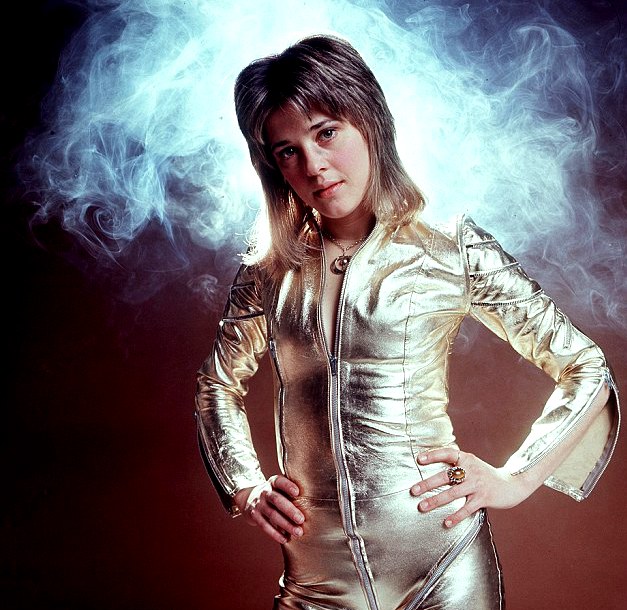
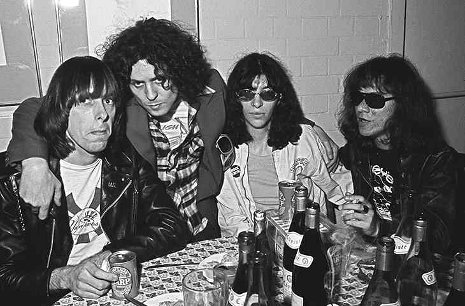

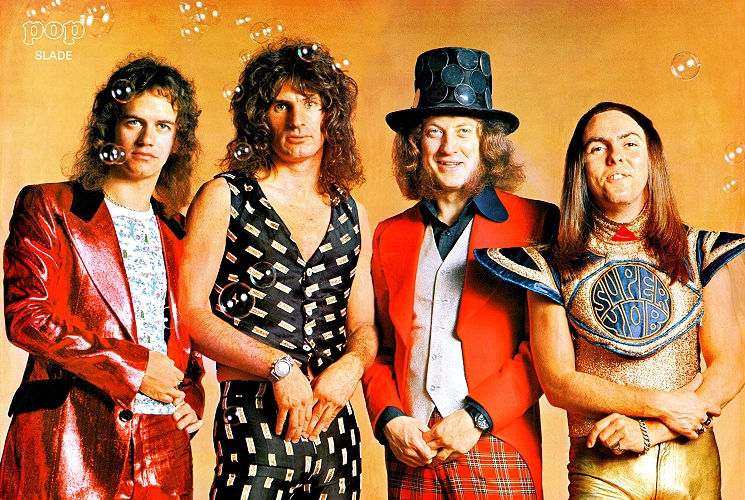
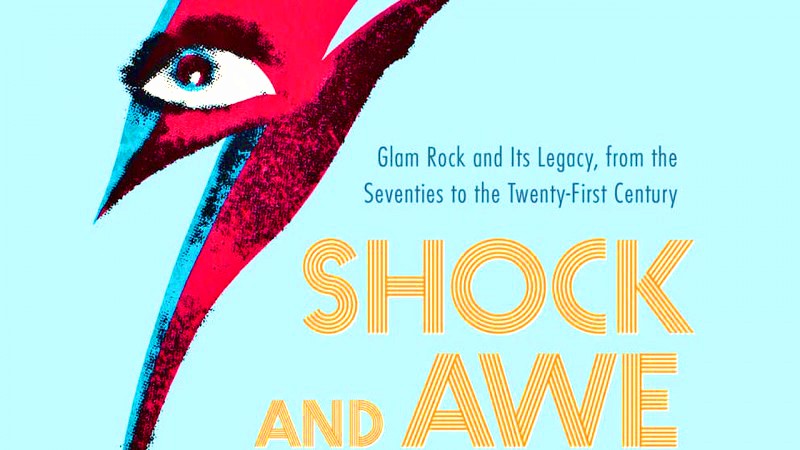






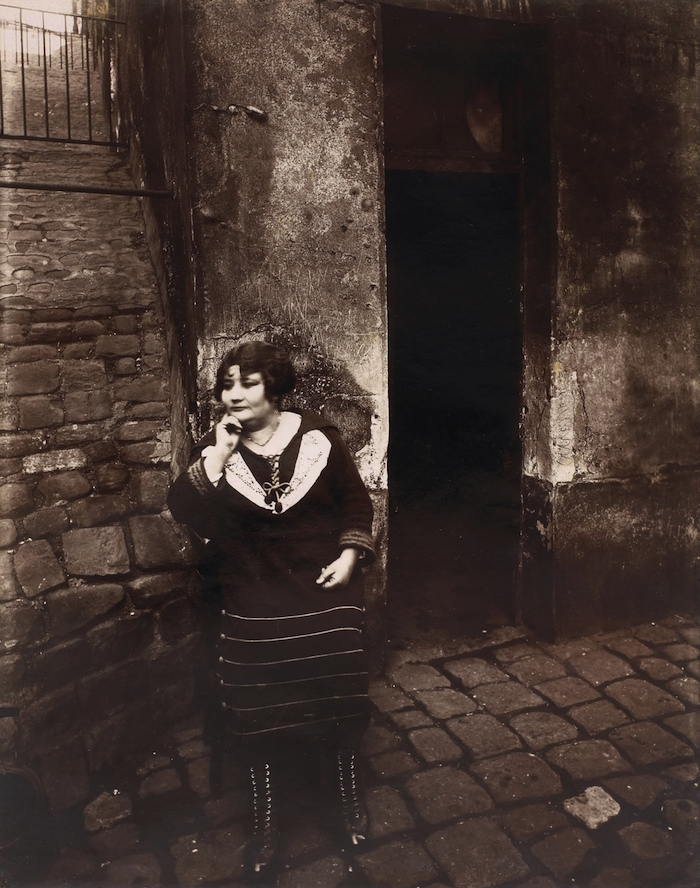
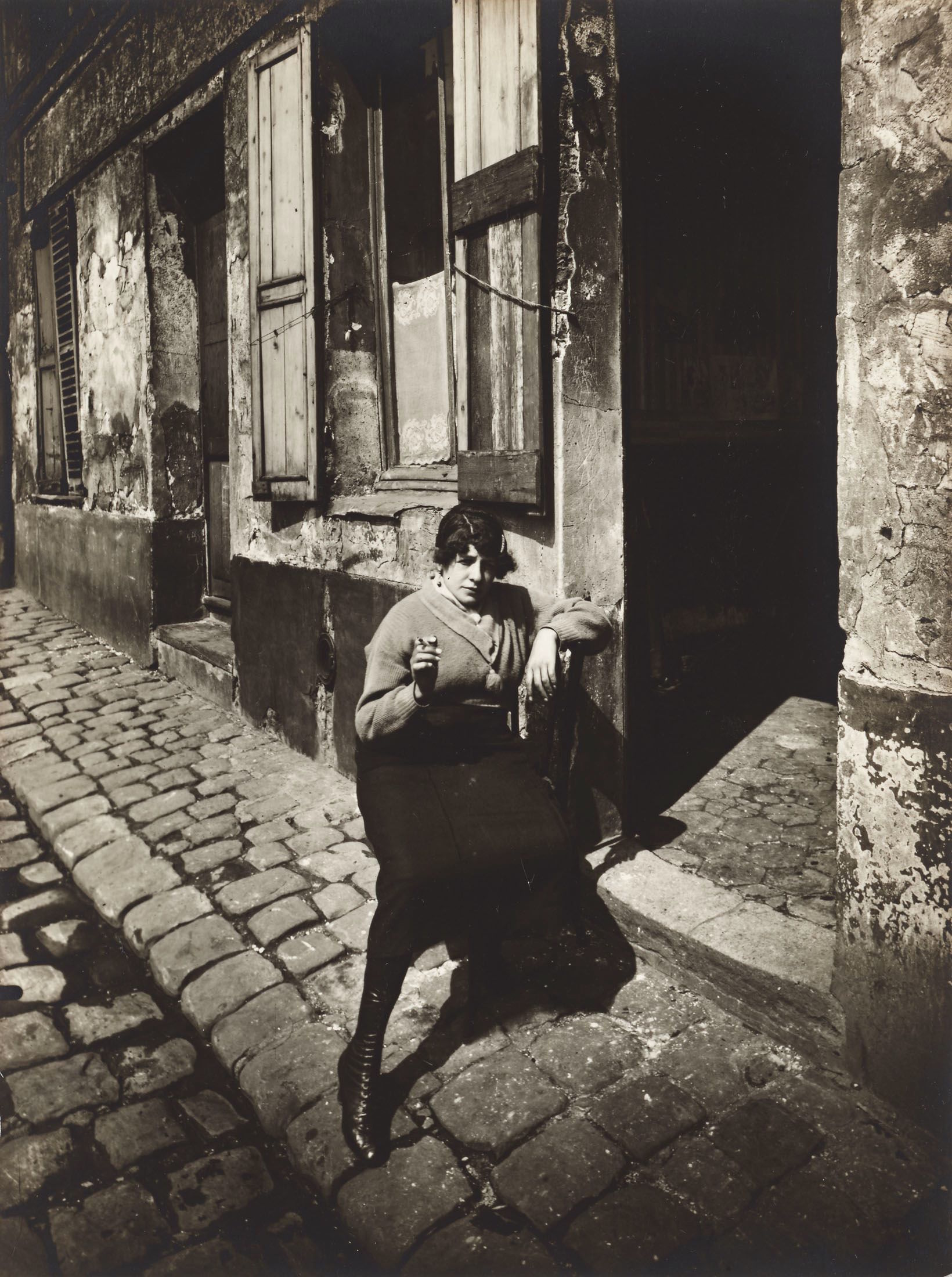

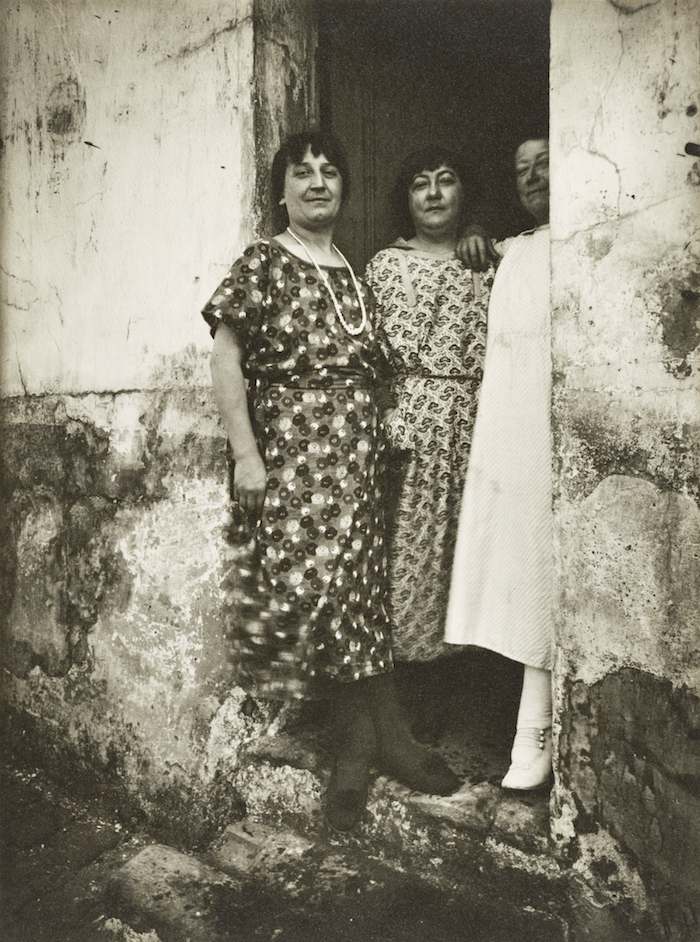





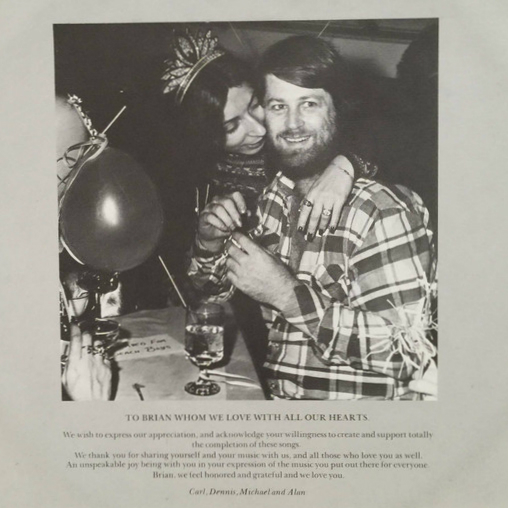

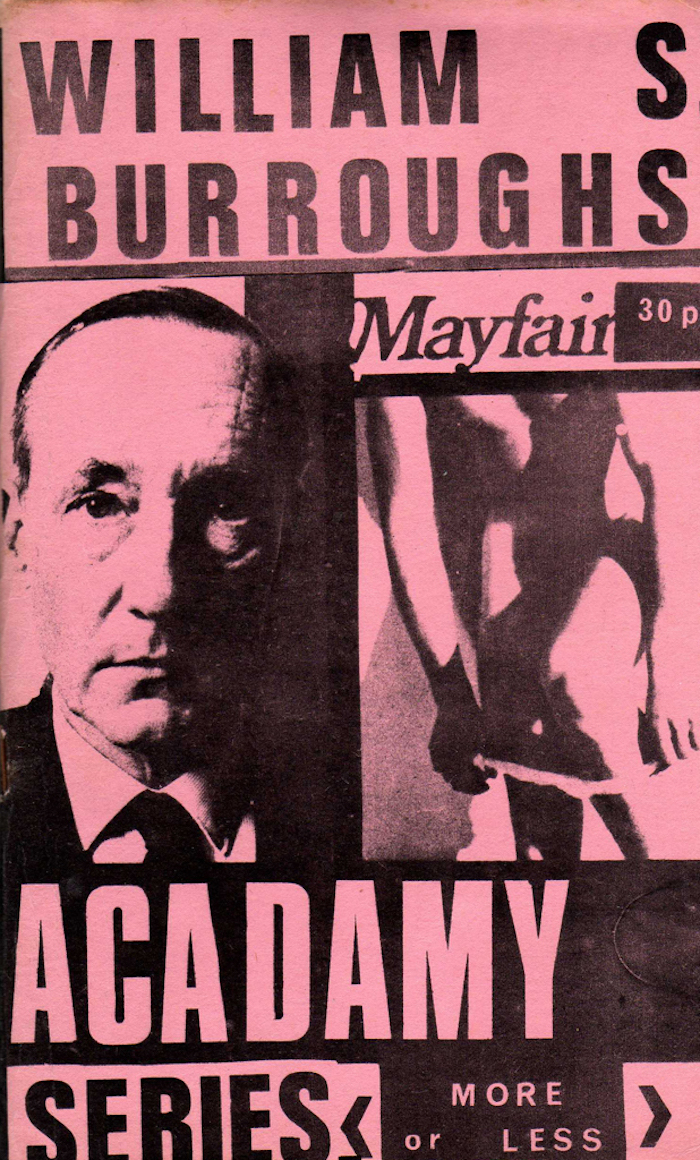


_(8224052279).jpg)